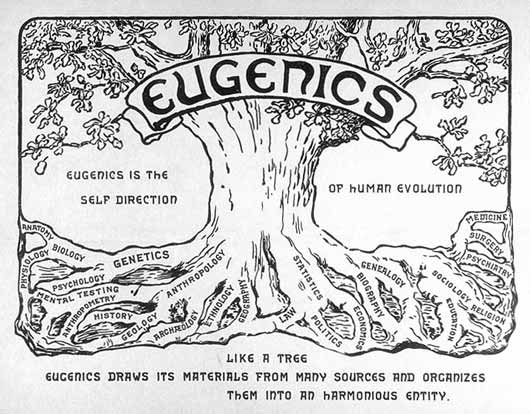
Here's in article in the vein of S's on Eugenics written by a psychiatrist Dr. Allan McLane Hamilton (I was curious as to whether any IQ tests were developed by him but didn't find any references). He has a long editorial on how the new knowledge gained from the study of eugentics should be used to sort boys into colleges and careers (he says nothing of young girls of course). He even proposes a system where an unbiased board is formed and children from the ages of 6-16 present themselves once a year to exhibit their development and talents. The board at the end of the age of 16 would then provide a report to parents or guardians of the boy to help sort the child into a career that he is capable at.
The doctor's editorial highlights the rigidity of the scientific and medical perspective on heredity during this historical period. It plays into much of the racial stereotypes of the period and marks a boom in IQ test development. The standardized exams of today are very much a remnant of this mode of thought, however, now they are viewed as exams to prove one's merit and not one's genetic make-up necessarily. Even so, I feel a problem still persists where people do not acknowledge the remarkable plasticity of the brain to learn new knowledge and skills. The sifting of students itself dissuades them of reaching their numerous potentials. The information gleaned from knowledge-based exams should be used to identify weaknesses and customize a person's education. Students should have the resources to pursue whatever their interests suggest, not that dictated by an exam or administrator.
Link










